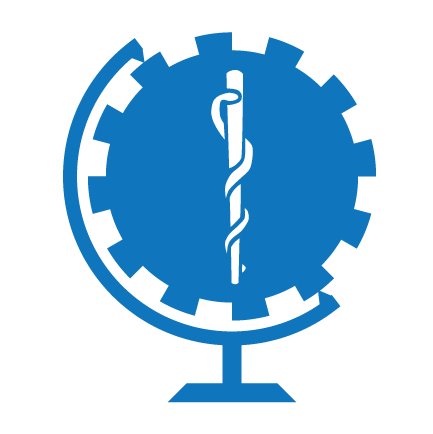Small Change Big Impact
With so many large non-profit organizations in the world today, it’s easy to get caught up in thinking that the only way to make a positive impact in developing countries is with big goals and big actions. Often times, big ambitions are not achieved through big events. We are regular students from the School of Public Health and the College of Engineering that are working together to make small strides towards bettering the health care administration in developing countries
We are working on implementing a low-cost project at Livingstone General Hospital (LGH) in Zambia. A problem common to many hospitals in limited resource settings is an inability to maintain and repair medical equipment. This problem is due, in part, to a lack of training provided to the technicians. Unfortunately, the consequences reflect directly on patient population and thus making this problem a huge priority in health administration. By applying systems analysis to this problem, we believe we can develop a model to improve health outcomes in hospitals by intervening at the level of technicians.
After a short time of corresponding with LGH, we identified that no system was in place to maintain inventories of supplies or record maintenance work. Without this basic system in place, it was difficult to identify trends in machine breakdown or methods to improve the maintenance process. The technicians and doctors were unable to determine whether the machine was breaking down due to over use or because a certain part was constantly malfunctioning.
This is where we stepped in. We have developed a simple system to itemize, monitor, and log equipment in the hospital. The system is based on maintaining electronic records of standard information including serial number, reason for machine failure, and actions to make repairs, among others to analyze the cause of technical failures. Working directly with the technicians at the hospital, we are able to develop a system that is user friendly, meets their needs, and is most efficient in their hospital. Ultimately the system will identify the cause of a failure and aid us in establishing preventative maintenance techniques in the hospital. Our goal is to enable Livingstone General Hospital to increase its patient flow through structural and systemic changes to build health capacity in this resource-limited setting.
Once complete, we believe the system will improve the hospital in the following ways:
• Reduction in repetitive work
• Improved flow of information
• Increased productivity
• Faster decision-making
• Greater control over Patient Management
• Improvement in services offered to patients
• Cost saving /higher revenue generation as a result of overall improvement in almost all areas of Hospital Management
Currently we are working with doctors and technicians at LGH to get the system up and running. They are not passive receivers to our ideas, but instead have worked collaboratively providing input and suggestions to improving the system. With the technicians collecting data as we speak, we anticipate our first set of data in the very near future.
Once this phase of the project is initiated there is great potentials to expand to other problems faced in the hospital including inefficiency in patient management, device improvement, and collaborative training.
Stayed tuned for updates and we’d love to hear your thoughts and feedback.
Benvy Caldwell, Nick Giordano and Supriya Jain











